Everything under control: The optimal choice of window olive
Because they used to be shaped roughly like an olive, window handles are also called "olives". They had short levers on two sides with a thickening in the middle, the attachment for the pivot. Which window olives are best for you? Our guide shows you.
What material should the window handles be made of? What colour should they be? What style of furnishing do I have and how can the window handles be integrated in the best possible way? Which security aspects and functions should be fulfilled? Create a harmonious overall picture: Every single element in your home contributes to this - including the choice of window handles.
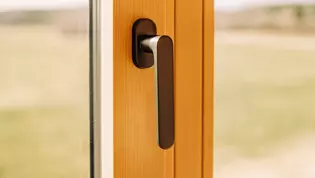
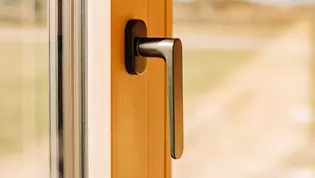
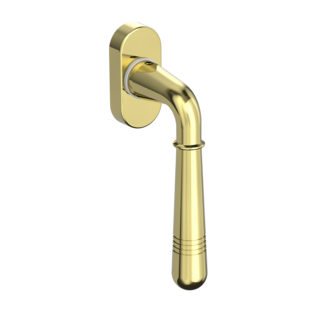
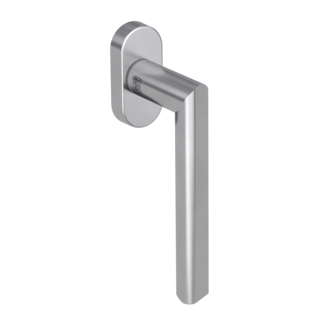
The choice of materials: Brass, stainless steel or plastic
Of course, the choice of material is also related to the price. Window olives made of plastic are usually somewhat cheaper than handles made of stainless steel. Brass, stainless steel, aluminium or chrome is more robust and wears out less quickly. The style of the room and the windows also influences the choice of material. In a room from the Art Nouveau period, a playfully decorated window olive in brass or gold fits in perfectly. A designer flat is better off with handles in a simple design without embellishments. There is a perfect solution for every budget!
The design of the window olive - colours and shapes
The choice of colours and shapes of the window olives also determine the subsequent overall appearance of the room. The CAROLA window handle from Griffwerk is certainly better suited to a playful country house kitchen than to a room with a modern style. There, on the other hand, a simple design with clear contours is more convincing, such as the SIEGER DESIGN MINIMAL MODERN window handle.
A golden element has a different effect than a black one. An angular window olive with clear lines sets a stronger contrast than a curved handle. Antique or modern: Which style do you want to emphasise with your choice of window olives? Do door and window handles harmonise with each other? In the best case, the choice of colours and shapes create a harmonious overall picture of the room.
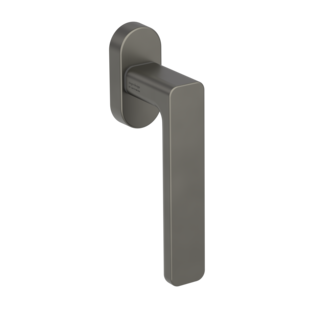


Functionality and design - combining both aspects
Security and appearance can be combined well. There are lockable window olives. A perfect child safety device: locked with the key, the windows can no longer be opened. Especially on upper floors, this is a well-counted safety precaution. This safety function can also be achieved with a locking knob on the window. Lockable window olives are often offered as a set. These types of handles are standardised according to DIN EN 13126-3 and define certain quality standards. Burglary protection is also increased if your window is lockable. Make sure not to leave the key in the keyhole after locking. Do not keep the key on the window. To hide the keyhole, lockable window handles are also available with covers.
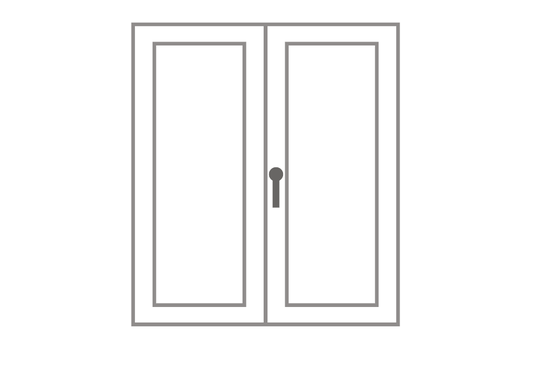
Replacing and fitting the handles
You would like to install your window olives yourself? That's easy: Underneath the fascia are the screws. Loosen the screws and pull off the window handle. Clean the spot where you want to attach the window olive. Then you can put on the new handle.